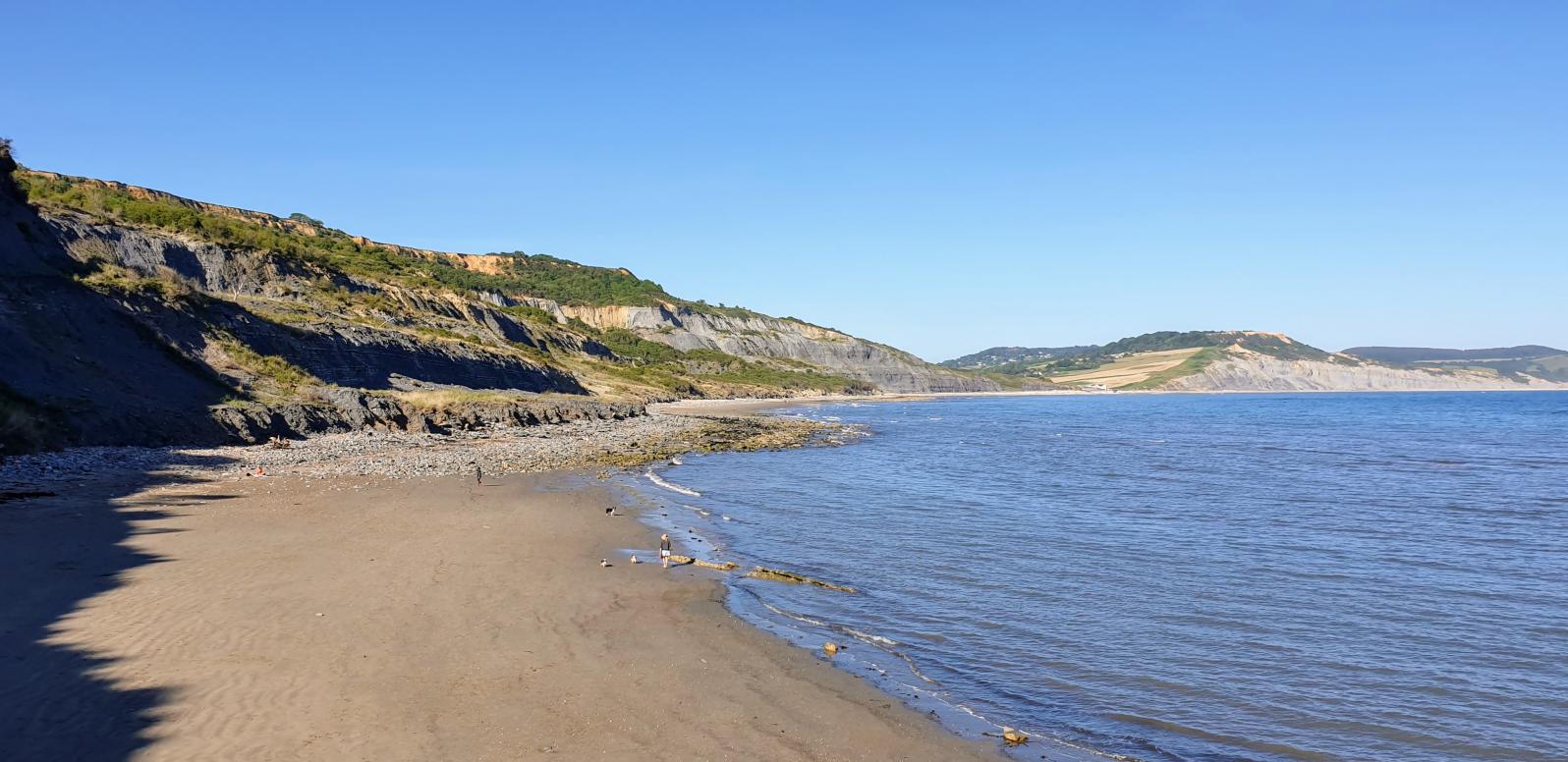East Cliff Beach

East Cliff Beach, also known as Back Beach, is the furthest east and extends towards Charmouth.
Church Cliff Walk, along the top of the sea wall, provides access to the beach and you can reach the sea wall by walking along the seafront from the town in an easterly direction or descend the 114 steps from Charmouth Road car park.
This section of beach is bursting with fossils and with a bit of knowledge and luck you can discover your own. Fossils can be found washed out of the cliffs loose on the beach in the gravel and shingle. You can collect what falls loose on to the beach, but not dig into the cliffs.
The cliffs around this area are the remains of a Jurassic seafloor that was teeming with life 180 million years ago. As these cliffs collapse into the sea and the waves break against them, fossils are exposed on the beach with the most recognisable being the spiral shaped ammonites.
This section of the Jurassic Coast is one of the most active landslip sites in Europe, so avoid getting too near the cliffs. Even at a distance you can hear the blue lias rock ticking and clicking, preparing to collapse again.
There are lots of organised trips where you can learn the best tips and techniques for finding fossils whilst staying safe. The best time to go fossil hunting is just after a big storm as the cliffs are naturally eroded with fresh fossils exposed.
The beach is cut off at high tide so always check the tide times before venturing out.
Dogs are allowed on this beach, off the lead, at any time of the year.